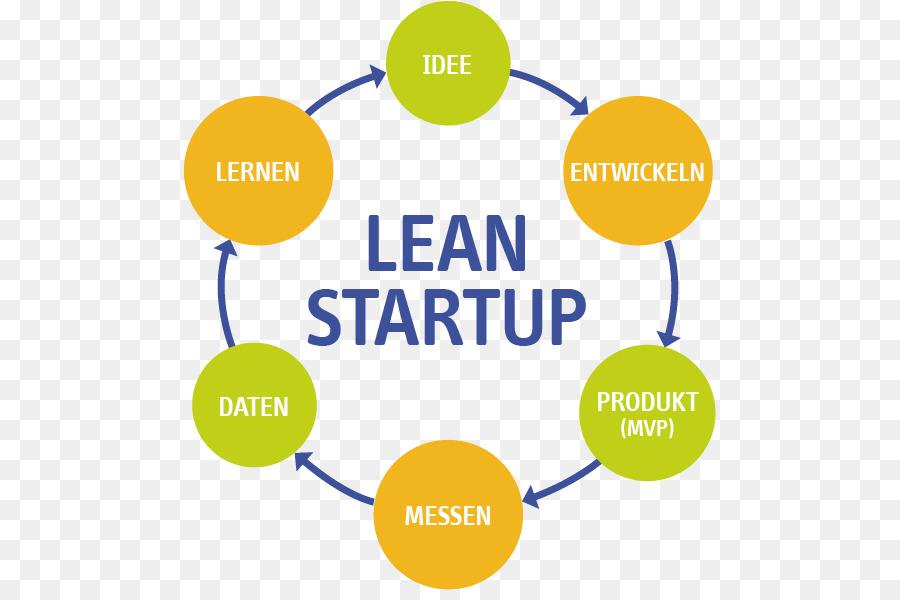What Is a Lean Startup, and How It Differs from the Old Ways of Business Planning?

Lean Startup has completely changed the way of thinking in today’s business world. This article introduces the Lean Startup and explains its differences with older business design methods. Eventually, you will understand why this method is overgrowing in the business world.
Perhaps in the not-so-distant past, a new job’s failure or success depended mainly on luck – whether it was a new company or a recent move in an old company.
In other words, the process of launching or expanding a business is the past was like this:
- Writing a business plan
- To present the project to the investors to attract their opinion
- producing the product
- finding customers and marketing
And along this challenging path, the business owner would probably fall behind somewhere, went bankrupt and, could not continue anymore. That’s not surprising. The new research of Harvard Business School shows that 75% of businesses fail.

Lean Startup Method
Recently, a new approach has emerged that makes starting a new business less risky; the name of this method is Lean Startup.
The Lean Startup approach is as follows:
- Market research instead of precise planning;
- Customer feedback instead of personal decisions;
- Multi-step designing instead of traditional one-stepped product designing methods.
A simple definition of Lean Startup is: “A temporary organization designed and created to search for and find a repeatable and scalable business model.”
Although this method is only a few years old, concepts such as minimum viable product (MVP) and startup orientation (pivoting) have quickly taken root in the business world. Business schools have adapted to teaching such concepts.
Of course, Lean Startup has not yet become the dominant trend, and we still have to wait for the full impact of this emerging trend. Lean Startup’s flow is almost the same as the mass data flow in the last five years in the United States; this is a topic that is not yet widely understood and has only been used by some companies.
Lean more about mass data and its analysis read the article: Data Mining Techniques and Prerequisites
This new approach is evolved modern thinking and has replaced traditional entrepreneurship methods with new ones. Investors try to increase their chances of success by following the principles of “faster failure and continuous learning.” Contrary to this method’s name, which seems to be useful just initially, the benefits will be much more for large companies in the long run.

Has Lean Startup replaced business plans?
Based on the prevailing atmosphere in today’s business world, the first thing any founder should design is a business plan; A static document that offers new investment solutions. Business plans typically include five-year revenue, profit, and cash flow forecasts.
A business plan is an experimental plan that doesn’t consider the probable relevant factors. It means that every entrepreneur just prepares it before starting to build his product. It is assumed that the business plan can anticipate the business world’s unknowns with all the difficulties and obstacles before it can be funded, and even before the idea is implemented.
As usual, when entrepreneurs receive money from investors after presenting a compelling business plan, they spend time launching the product without considering the real opinions of the customers. After manufacturing and launching, the owners try to sell the product or service by pressuring their sales team. At this time, they face a plethora of satisfied and dissatisfied customer feedback. So, often a few months or even years after starting a business, entrepreneurs will realize that customers don’t need many of their product features.

Reasons to replace Lean Startup with traditional methods
After decades of watching the results of the consistent practice in startup production, at least three things have become apparent to experts:
- Business plans rarely remain unchanged in their first customer relationship. Famous boxer Mike Tyson has said about his fighters’ forward strategy: “Everyone has a plan for themselves; “Until the first fist hits his mouth.”
- No one but the bold investors and the former Soviet Union accepts five-year plans to predict the unknown. These programs are generally stories and fantasies; Dreams like this are almost always a waste of time. Lean Startup seems to have solved this problem.
- Startups are not smaller versions of large companies. They do not work according to grand plans. Only those who can adapt to the environment will succeed. They strive to improve their initial idea, moving quickly from failure to failure and continually learning from customers.
One of the critical differences is that if existing companies implement a business model, startups are constantly changing to find the right model. This distinction can be called the heart of the Lean Startup method.
In the business world, if you do not move fast, you will stay. Lean Startup helps you travel the long path you took several years ago in a shorter period. If you are going to fail, fail sooner and at a lower cost and learn from customers.

Leave a Comment